Research Research Highlights
Research Highlights
Research Highlights
Research Highlights
Research Highlights 미리보기
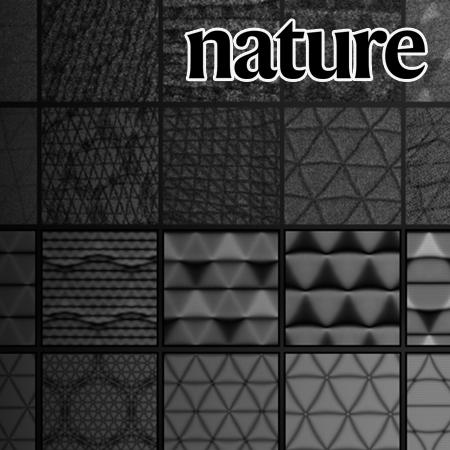
Professor Hyobin Yoo’s Research Team at SNU Develops 2D Quantum Material Platform Using Moiré Lattice Superposition
Prof. Hyobin Yoo
Seoul National University College of Engineering has announced that a joint research team led by Professor Hyobin Yoo from the Department of Materials Science and Engineering, in collaboration with Professor Young-Woo Son (Korea Institute for Advanced Study) and Professor Changwon Park (Ewha Womans University), has successfully developed a two-dimensional (2D) quantum material platform through the superposition of moiré lattices.
Research Highlights Board
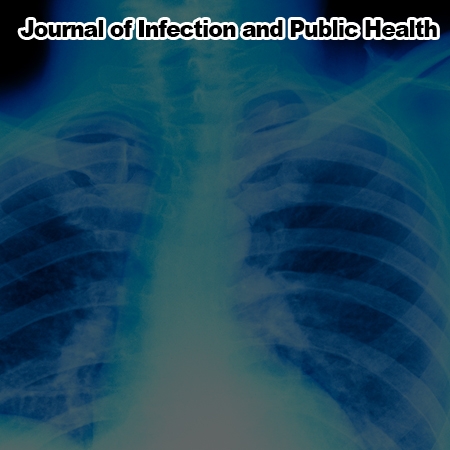
Association of antibiotic use with risk of lung cancer: A nationwide cohort study
Prof. Sang Min Park
Although recent studies indicated that antibiotics may be a risk factor for lung cancer, further understanding is needed. We investigated the association of long-term antibiotic exposure with lung cancer risk.
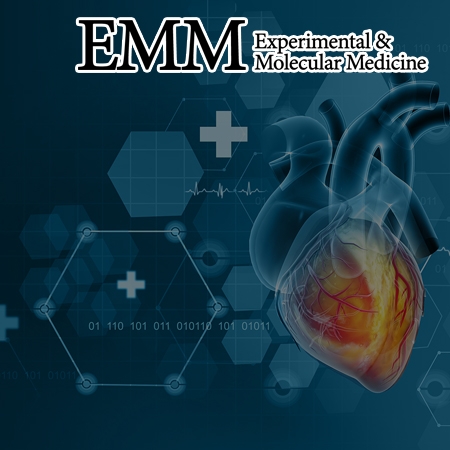
Comparison of the effects of empagliflozin and sotagliflozin on a zebrafish model of diabetic heart failure with reduced ejection fraction
Prof. Seung Hyeok Seok, Prof. Hae-Young Lee
The sodium-glucose cotransporter 2 (SGLT2) inhibitor empagliflozin (EMPA) and dual SGLT1/2 inhibitor sotagliflozin (SOTA) are emerging as heart failure (HF) medications in addition to having glucose-lowering effects in diabetes mellitus (DM).

Drift of Earth’s Pole Confirms Groundwater Depletion as a Significant Contributor to Global Sea Level Rise 1993-2010
Prof. Ki-Weon Seo
Climate model estimates show significant groundwater depletion during the 20th century, consistent with global mean sea level (GMSL) budget analysis. However, prior to the Argo float era, in the early 2000’s, there is little information about steric sea level contributions to GMSL, making the role of groundwater depletion in this period less certain.

Machine learning based estimation of urban on-road CO2 concentration in Seoul
Prof. Sujong Jeong
The urban on-road CO2 emissions will continue to increase, it is therefore essential to manage urban on-road CO2 concentrations for effective urban CO2 mitigation. However, limited observations of on-road CO2 concentrations prevents a full understanding of its variation.

Liquid Metal based Stretchable Room Temperature Soldering Sticker Patch for Stretchable Electronics Integration
Prof. Seung Hwan Ko
Researchers are eagerly developing various stretchable conductors to fabricate devices for next-generation electronics. Most of the major problems in stretchable electronics happen at the connection between rigid and soft parts and the development of reliable soldering material is a major hurdle in stretchable electronics.
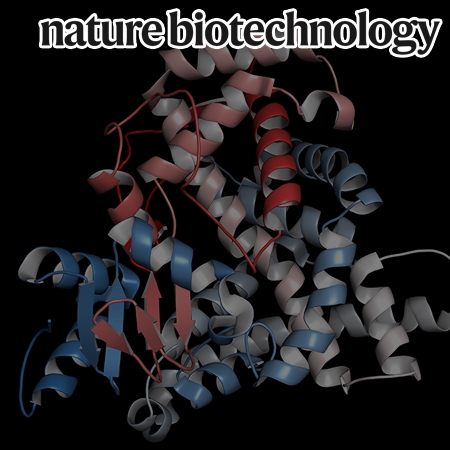
Fast and accurate protein structure search with Foldseek
Prof. Martin Steinegger
As structure prediction methods are generating millions of publicly available protein structures, searching these databases is becoming a bottleneck. Foldseek aligns the structure of a query protein against a database by describing tertiary amino acid interactions within proteins as sequences over a structural alphabet.

Discovery and Biosynthesis of Cihunamides, Macrocyclic Antibacterial RiPPs with a Unique C−N Linkage Formed by CYP450 Catalysis
Prof. Dong-Chan Oh, Prof. Seokhee Kim
Chemical analysis of volcanic-island-derived Streptomyces uncovered cihunamides, unique ribosomally synthesized and post-translationally modified peptides with antibacterial activity.
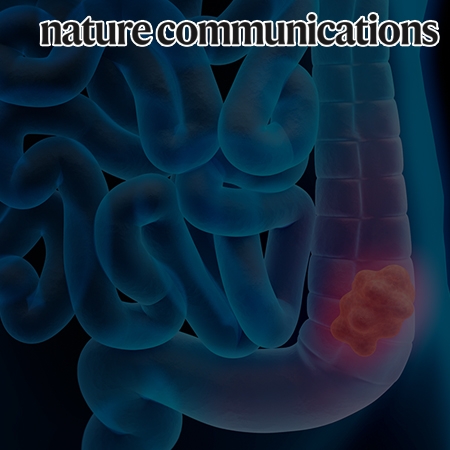
Protein stabilization of ITF2 by NF-κB prevents colitis-associated cancer development
Prof. Hyun-Woo Shin
Chronic colonic inflammation is a feature of cancer and is strongly associated with tumorigenesis, but its underlying molecular mechanisms remain poorly understood.
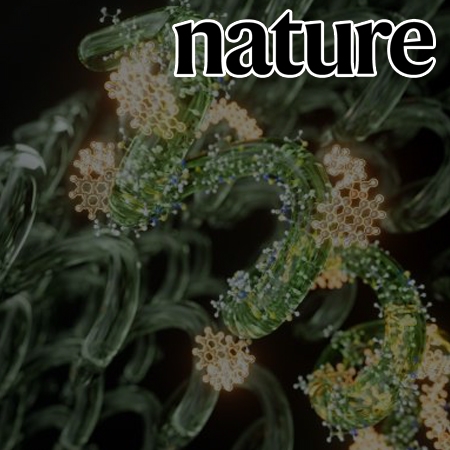
Helical polymers for dissymmetric circularly polarized light imaging
Prof. Joon Hak Oh
Control of the spin angular momentum (SAM) carried in a photon provides a technologically attractive element for next-generation quantum networks and spintronics.
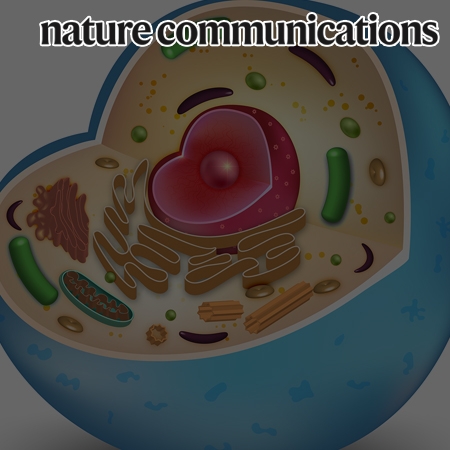
RNA-mediated demixing transition of low-density condensates
Prof. Yongdae Shin
Biomolecular condensates play a key role in organizing cellular reactions by concentrating a specific set of biomolecules.

Floatable photocatalytic hydrogel nanocomposites for large-scale solar hydrogen production
Prof. Taeghwan Hyeon, Prof. Dae-Hyeong Kim
Storing solar energy in chemical bonds aided by heterogeneous photocatalysis is desirable for sustainable energy conversion. Despite recent progress in designing highly active photocatalysts, inefficient solar energy and mass transfer, the instability of catalysts and reverse reactions impede their practical large-scale applications.

First quantification and chemical characterization of atmospheric microplastics observed in Seoul, South Korea
Prof. Sujong Jeong
This study is the first report on atmospheric microplastics (MPs) observed in five outdoor environments, including an urban forest, a business center, commercial areas, and a public transportation hub in Seoul, South Korea.

